Executing the posture in this way disengages both the gluteus maximus (butt) muscles and the abdominal muscles. These two huge muscle groups generally suffer from our western lifestyles, with so much sitting in chairs. It makes sense that they are weak, and the posture has altered to compensate for our weakness.
HOW TO CHANGE To execute the posture properly, as has been done from Bose to Choudhury, the glutes and abs must engage to tilt the pelvis backward. This flattens the spine. The weight shifts back significantly, which means that the ankles must bend to push the knees forward. Notice the position of the knees of Bose, Mukerji and Choudhury. They are all significantly forward of the ankles. Learning to practice Chair Posture this way can be challenging, especially when we've done it incorrectly for so long. Start very slowly. Bend the knees only slightly, and push them forward. Instead of focusing on your hips going back, bend your knees and push them forward. Whenever you feel your upper body leaning forward, straighten your legs a little bit, stand up, and again push your knees forward. Avoid letting the spine arch. Keep the back flat. You will notice that your abdominal muscles need to be quite tight. Practicing this way will integrate the muscles of your pelvis and spine, strengthen your ankles and improve your balance significantly.
8 Comments
As I meditate, I am occasionally distracted by sounds or vibrations. These things happen outside of my body and are picked up by my senses. My senses then draw my mind outward, seeking understanding of what is going on around me. As I deepen my practice it is important to become aware of my senses and their tendency to draw my mind outward. Eventually they will come under control. This is the 5th limb of Patanjali's yoga: Sensory Control or Pratyahara. Without this control, mental concentration and meditation are impossible as they are constantly interrupted by distraction.
The very beginnings of Pratyahara can be done while practicing Postures (asana). You may notice that your eyes often wander around the room, moving quickly from one object to another. The first step of Sensory Control is to hold the eyes still in a Drishti gaze, which is simply focusing the eyes for awhile without moving them. You will notice both how difficult this can be and how quickly it quiets the mind. Each of the senses draws the mind outward in a slightly different way and therefore has a slightly different technique for its control. These practices have become an obsession for me lately, and I can feel my mind gradually turning inward. Mental Concentration and Meditation follow logically from this place! I will be leading a workshop about Sensory Control (Pratyahara) at Inner Fire Yoga on July 30. We are two weeks away from the first ever Ghosh Yoga Practice Week. Ida and I are passionate about creating an environment where yogis can delve deeply into their own practices and learn more progressive techniques and ideas.
As we finalize the schedule and the topics to be covered, I am neck-deep in books. And I love it. It is a challenge to balance the history and academic side of the tradition, the modern propensity toward athletic asana, anatomy and physiology, and our own personal experiences. But balance them we shall! I am especially excited about the morning practice sessions, which will combine therapeutic exercises that we learned in Kolkata with beginning and intermediate asana. EGO
We all begin with ego. We don't necessarily think that we are better than everyone else, but we are generally rooted in our own concept of reality. And, more significantly, we don't realize that we are rooted in and limited by our own conceptions. This is the first wall that begins to show cracks with earnest practice, study and humility. We realize that there are other versions of reality out there that are just as valid as ours. (Or just as invalid.) And we begin to see that "reality" is usually something we construct with our own minds; a fairy tale we tell ourselves to bring the comfort of structure. INSTRUCTION Once our ego is sufficiently weakened, we generally need guidance from someone who has experience in these realms. We have spent most of our lives with the unchallenged view that our reality was the only one, so we have little experience with any other worldview. This is where a teacher comes in handy. We seek (and hopefully find) someone who has walked the path before and who can effectively communicate how to traverse the new mental terrain. FAITH Faith, as I am growing to see it, is not a belief but rather an acceptance of our lack of control. In this way, faith is the opposite of the ego. We build our egos and our ego-centric worldview specifically to protect us from our powerlessness. When our ego crumbles and we gain familiarity with the limitations and capabilities of our consciousness, we exist in a mystical state that is almost incomprehensible to the logical human brain. This state, where we are unanchored by the stable but rigid constructs of our own egos, is faith. Faith takes courage, especially at first. It is uncomfortable to our logical minds, this surrendering and seeking to comprehend our true powerlessness and role in the world. I have never been a person who adheres to traditions naturally. It always made more sense to make my own way, to take one teaching from here and another from there, mash them together and develop my own viewpoint. I suppose I've been sort of a rebel, but in the least cool kind of way. More like an outcast who doesn't really fit in anywhere.
Lately my yoga teaching has uncovered a new aspect of my personality. I find myself subordinating my own intentions or personality and putting myself in service of the practices of yoga. These are practices, physical and mental, that I know from experience to be quite powerful and transformative. I know that if others simply do the practices - though admittedly it is not so simple - they will undergo the same transformations that I have experienced. And so it is not my instruction or the power of my radiant personality that might make me an effective teacher. It is the degree to which I can get the students to do the practices with integrity. No more and no less. A personal story might lift the mood of a class, but it doesn't necessarily improve the students' relationships with the practices. And it is the practices that transform us, not the personality or brilliance of a teacher. (You may have read about what happens when students follow a teacher instead of the practices. Cult-like communities form that almost always lead to abuse, corruption and lawsuits.) I have never been in this position before, realizing that my viewpoint is not important except in the way that it can clearly communicate these practices of body, breath and mind. The true power is in the practices themselves. Now I sound like a traditionalist, encouraging adherence to the "proper way of doing things." It is not that these practices work because they are traditional. They have become traditional because they work. As we put together the first of our Advanced Practice Manuals, Ida and I have been discussing yoga at length. Even more than usual. It distresses us that there is a scarcity of intermediate and advanced instruction. Is there a scarcity of advanced yogis? Do they keep their knowledge secret? Is advanced knowledge weeded out by supply and demand, unable to compete with the plentiful demand of curious beginners?
What postures and practices should a progressing yogi do? When and how often? Why, and are there any that are pointless, precarious or dangerous? What role do foundational practices play as we advance? What is yoga's purpose in light of our changing culture and growing physiological knowledge? What impact does asana have on the mind and the spirit? And, perhaps most importantly, where does the practice of yoga take us and what is the role of asana on that journey? We have been living these questions. We put them in our minds, our bodies and our breaths. We have discovered the answers to some of them, but others seem elusive, bringing only more questions. Some answers are in ancient philosophical texts, some in modern medical studies, and some have never been written down. As I write this, I am struck by how much we are defined by the questions we ask, even more than the answers we have. Our questions determine our direction. They define the scope of our imagination and our potential. They point to where we will be in the future. Lately I have become occupied with the concept of Pratyahara or withdrawal of sensory focus. It is the 5th limb of yoga according to Patanjali. He gives it its own limb, yet I rarely hear anyone speak of it or teach it. Whenever I ask fellow yogis about it, they often say something to the effect of "turn your attention inward." This is not enough for me.
Near the end of the Katha Upanishad is the first clear definition of yoga that we have. It describes yoga as the stilling of the senses. The chariot metaphor we have all come to quote so often - that equates yoga with reigning in the horses that are drawn toward environmental stimuli - is a description of sensory control (the horses are our senses). The first several historical instances I have studied, including the Katha Upanishad, the Yoga Vasishta and even the Bhagavad Gita, define yoga as the control of the senses to still the mind. These predate Patanjali's Yogasutras, where he includes 3 higher limbs. Right now I am toiling under the belief that Pratyahara is the first element of the union that is yoga. I don't doubt that there are higher states to pursue, but for now I am researching, studying and practicing sensory control. ps. As I understand it, food is a sensory object. A yogi must control his cravings for food the same way he controls his cravings for visual distraction. In my Pranayama (breath and energy control) practice this morning, I noticed my autonomic nervous system. I bumped up against it several times as I tried to inhale or exhale while it didn't think I needed to.
The friction happens most notably at the end of the exhale. The lungs are empty and the most "natural" thing to do is inhale to fill the lungs. The autonomic nervous system tells us "breathe in." So we usually do. During Pranayama practice, as I hold my lungs empty or inhale very slowly, the friction with my autonomic nervous system is palpable. It wants me to inhale quickly, but I consciously inhale slowly or not at all. The second place where friction happens is when my blood has enough oxygen. In this state, my autonomic nervous system says, "No need to breathe so much. Either exhale or be still." During Pranayama practice I am sometimes in this physiological state only midway through the inhale and I try to complete the inhale. It is very difficult, like my muscles and brain shut down, preventing me from inhaling further. I have yet to navigate this obstacle, but I predict that at some point my autonomic nervous system will settle and I will be able to inhale at will. When I arrive to this level of control, I will need to be incredibly careful about the state of my physiology, my heart rate and blood oxygen content because I will be consciously overriding an autonomic function designed to keep my body and brain supplied with the correct amount of oxygen. The amazing thing about controlling the breath over several minutes is the realization that breathing is usually so subconscious. Even if we control the breath for a moment, we soon release it and let the autonomic nervous system monitor and govern it. We never get too far from the self-regulated balance of oxygen in the blood. I think I may be approaching the true power of Pranayama practice: the awareness and even control of the autonomic nervous system. It is both exciting and frightening. I have to be very careful. "All physical yoga techniques, including asana, are not designed to build or beautify the body or increase self-worth through proficiency in asana: their sole purpose is to prepare for meditation, and meditation is the technique to realize the Divine."
"Similarly, health is not the purpose of asana but is a by-product of being in harmony with cosmic forces, and that harmony supports and enables realization of the Divine." "While today on the one hand we face the problem of meditators who do not adequately prepare the body for meditation, on the other hand we have Hatha yogis who get stuck in the meaningless drudgery of mere physical yoga. If the yogi does not go beyond the practice of posture and breath work, and does not graduate to and include formal meditation, then Hatha Yoga is not what it purports to be. It is then mere body-building, body-beautifying and gymnastics. There is nothing wrong with those, as long as the label clearly states that we are doing only that. The problem with today's physical yoga is that it pretends to be more. And it is so only if it merges into the mental and spiritual disciplines of yoga." - From Yoga Meditation by Gregor Maehle. There are a few movements that we can not or do not do in most yoga practices. Pushups and pull-ups are among them. These two exercises strengthen some major muscles of the body that are otherwise neglected by yoga postures.
PUSHUPS "What about Chaturanga?" you may ask? Chaturanga is a pushup-like motion that is intentionally done with the arms close to the body. The hands are low and the elbows close to the torso. This is done to prepare us for Upward Facing Dog posture, where we straighten the arms to bend the spine backward and stretch the chest, belly and hips. Chaturanga is great for setting up Upward Facing Dog, but it is hard on the arms and elbows. It purposely bypasses the chest muscles so that we may bend the spine backward in Upward Facing Dog. The triceps and elbows are not designed to move the weight of the body, especially not repetitively. The chest muscles, on the other hand, are large and powerful, made for moving large loads. We can strengthen the chest muscles by doing pushups, with the elbows widened away from the torso, the hands a little wider than the shoulders. PULL-UPS Two other important muscles that get neglected in most yoga postures are the biceps and the latissimus dorsi. The biceps are the muscles that bend the arms at the elbows, so it is difficult to use body weight to develop them. (Far easier is to develop the triceps that straighten the arms. These are activated every time we use the arms to hold our body weight off the floor.) Pull-ups strengthen the biceps, lifting the body weight by bending the arms. The latissimus dorsi are huge muscles that attach our arms to the lower back. It is thought that this is useful for hanging and swinging, a remnant of our descending from apes. The "lats" are powerful muscles that get very little exercise unless we hang from our arms. Pull-ups are great for that. I like to approach the physical body with some logic and science. I've never been one to practice yoga as-is just because of 'tradition'. Pushups and pull-ups are two non-yoga exercises that allow us to develop large, important muscle groups that are otherwise neglected. This leads to even development of the body. |
This journal honors my ongoing experience with the practice, study and teaching of yoga.
My FavoritesPopular Posts1) Sridaiva Yoga: Good Intention But Imbalanced
2) Understanding Chair Posture 2) Why I Don't Use Sanskrit or Say Namaste 3) The Meaningless Drudgery of Physical Yoga 5) Beyond Bikram: Why This Is a Great Time For Ghosh Yoga Categories
All
Archives
November 2017
|

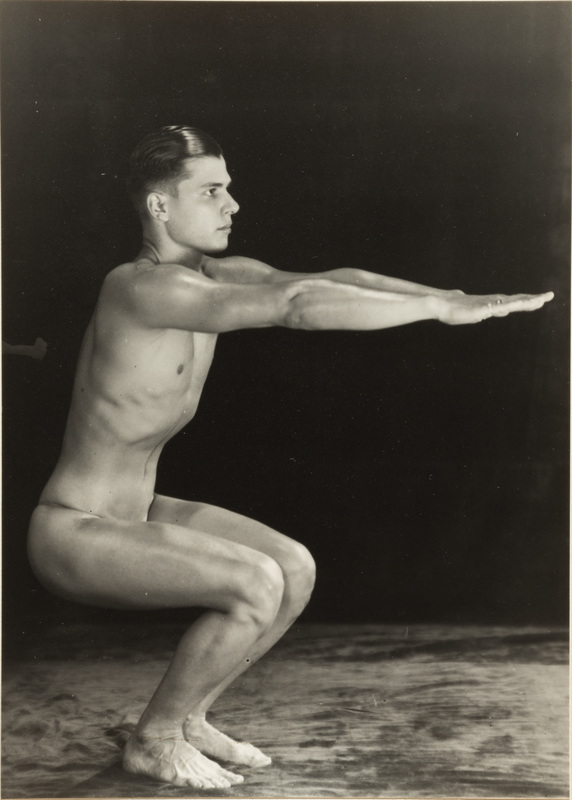
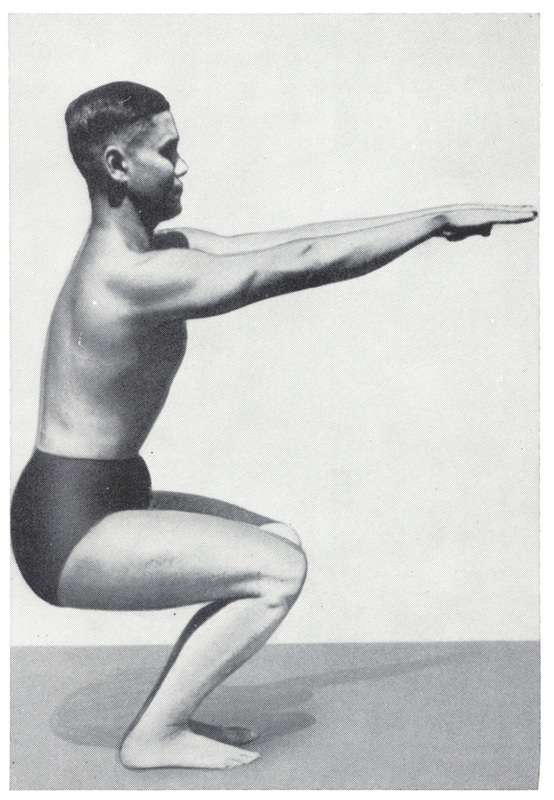
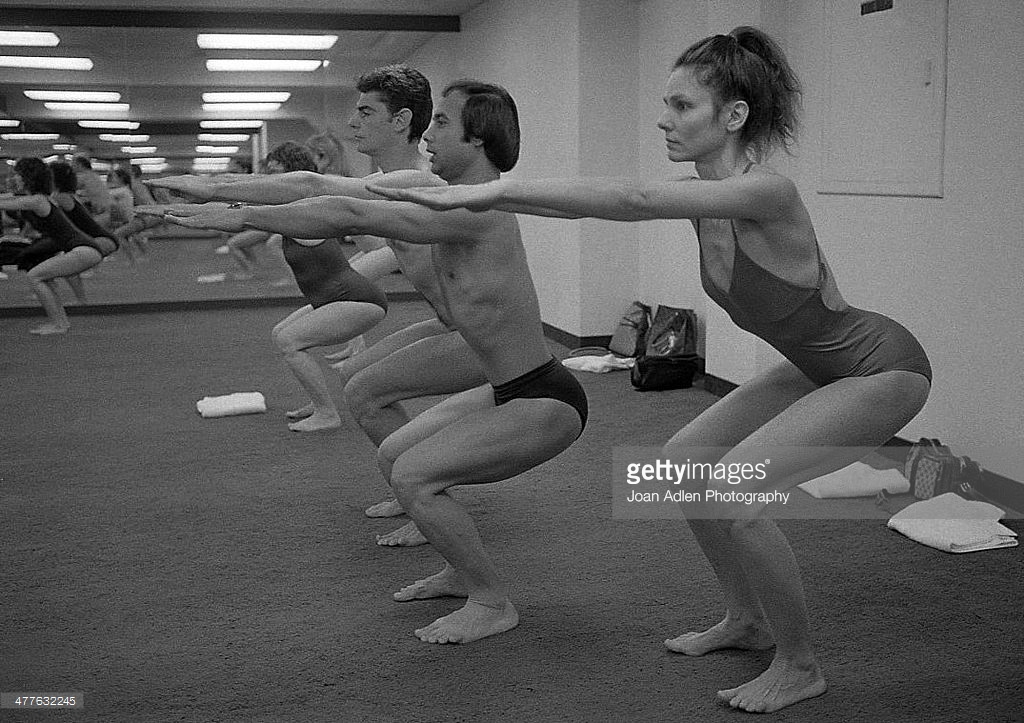
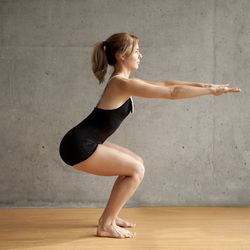
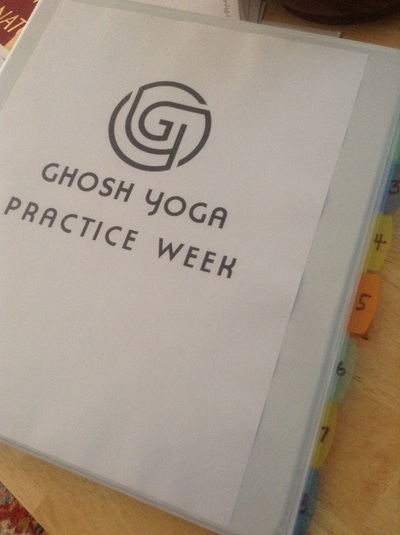
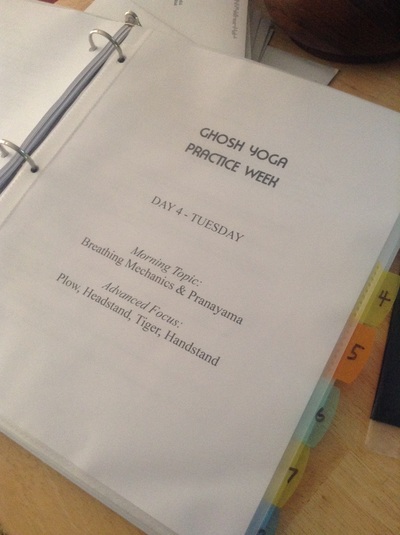
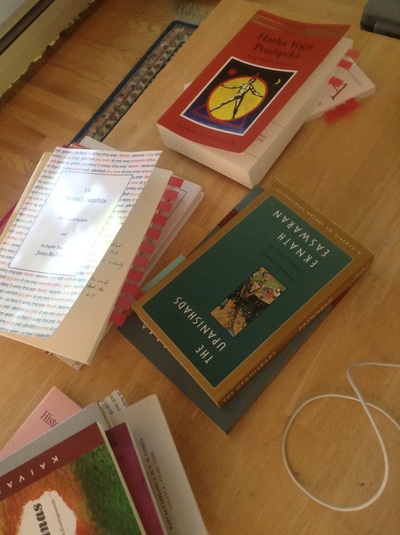
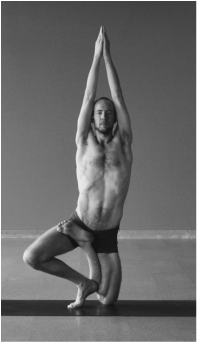
 RSS Feed
RSS Feed